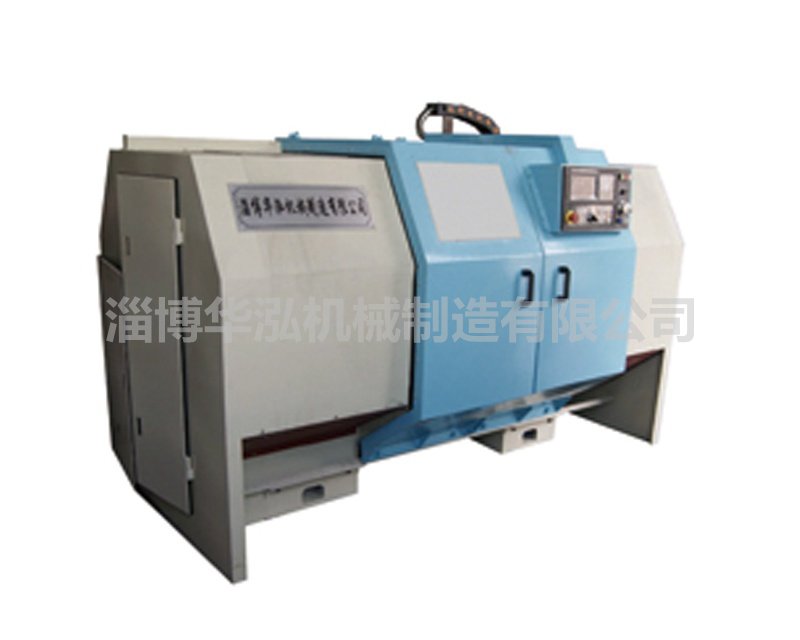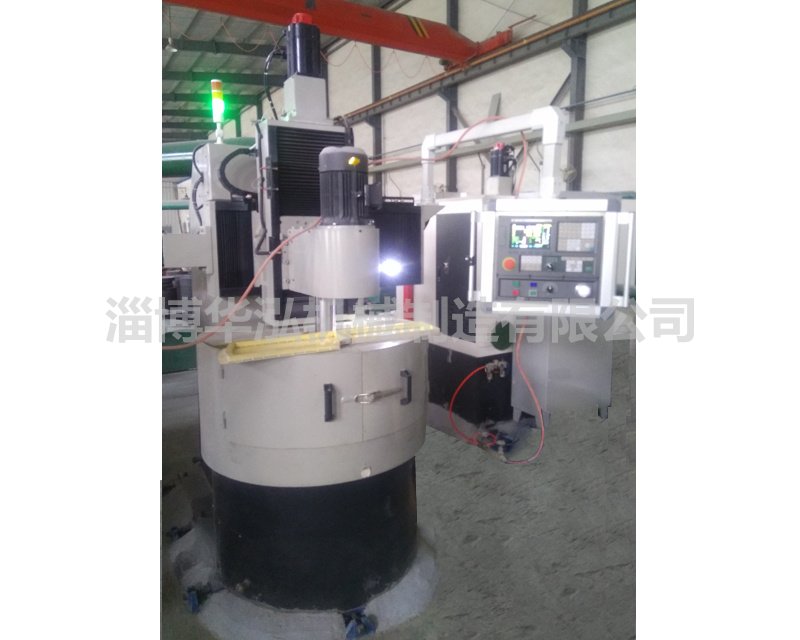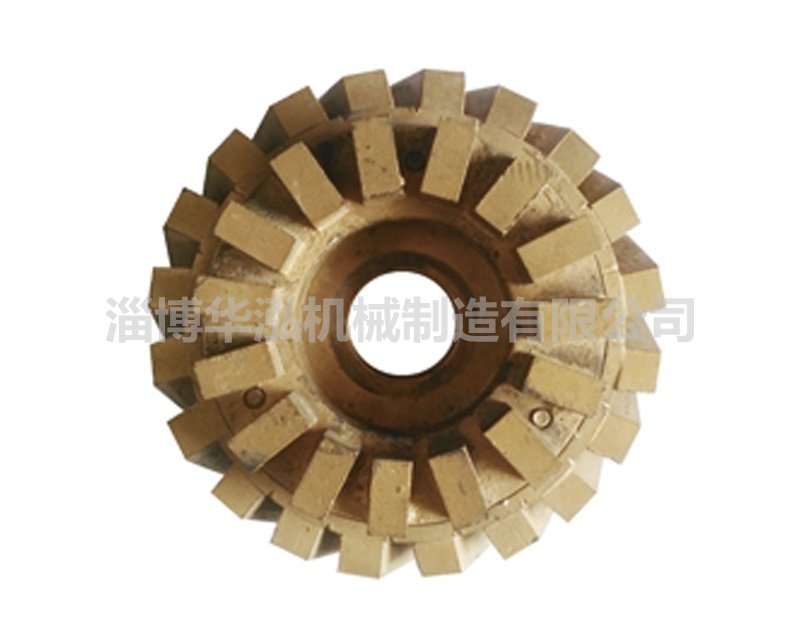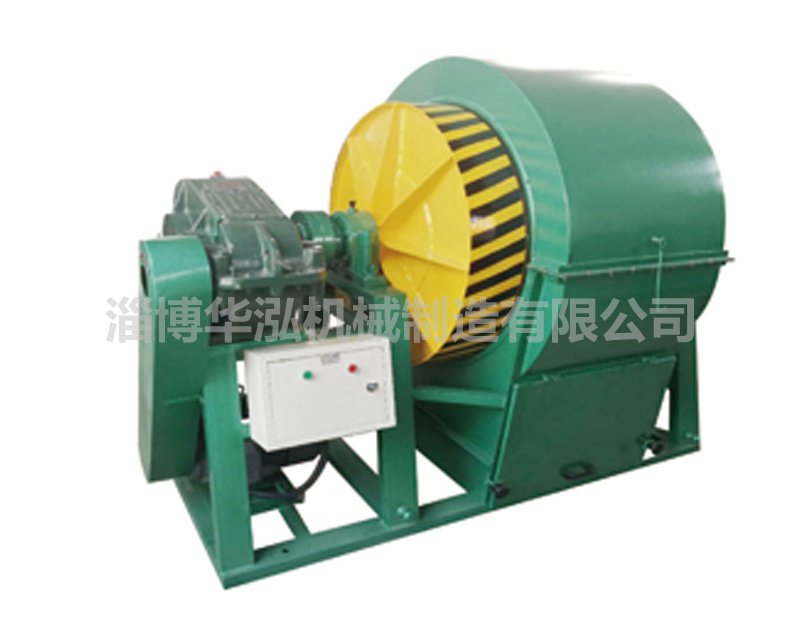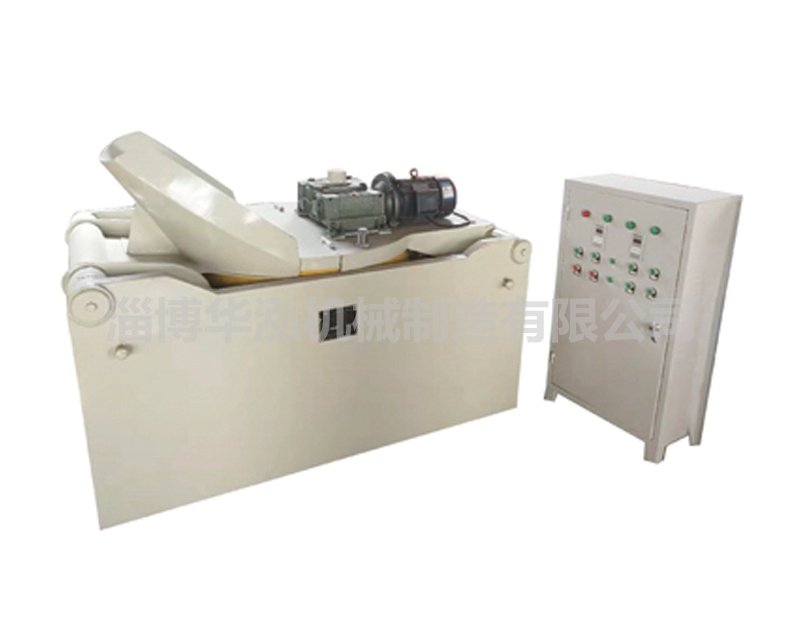Installation, balance and dressing of grinding wheel during operation
Special attention should be paid to installing the grinding wheel on the grinding machine. Because the grinding wheel works under the condition of high speed rotation, it should be carefully checked before use and no cracks are allowed. The installation must be reliable and should be adjusted by static balance to avoid personal and quality accidents.
The inner hole of the grinding wheel should not be too tight between the grinding wheel and the outer circle of the grinding wheel shaft or flange. Otherwise, the grinding wheel will be easily expanded and cracked by heat during grinding. Otherwise, the grinding wheel will easily be eccentric and lose balance, which will cause vibration. Generally, the fit clearance is 0.1-0.8mm, and the clearance of high-speed grinding wheel is smaller. When the grinding wheel is clamped with a flange, the diameters of the two flanges shall be equal, and the outside diameter shall not be less than 1/3 of the outside diameter of the grinding wheel. Between the flange and the grinding wheel end face, apply heavy paperboard or oil-resistant rubber as liners to make the pressure evenly distributed. The tightening force of the nut should not be too large, otherwise the grinding wheel will break. Pay attention to tighten the screw direction, which should be opposite to the wheel rotation, that is, when the wheel rotates counterclockwise, use the right screw thread, so that the wheel will drive the nut more and more tightly under the action of grinding force.
2. Balance of grinding wheel Generally, grinding wheels with a diameter greater than 125mm shall be balanced to make the center of gravity of the grinding wheel coincide with its axis of rotation.
Unbalanced grinding wheel will produce vibration when rotating at high speed, color ring machining quality and machine tool precision, and in serious cases will cause machine damage and grinding wheel fracture. The main causes of the unbalance are the uneven density, asymmetrical geometry and eccentricity of the grinding wheel. Therefore, the grinding wheel should be balanced before installation, and the balance of grinding wheel can be divided into static balance and dynamic balance. In the first case, static balance is only needed, but in high-speed tricholor cutting (the speed is over 50m/s) and high texture grinding, the dynamic balance must be carried out. The figure below shows the grinding wheel static balancing device. Install the grinding wheel on the balance mandrel \ and then place the grinding wheel with the heart shaft flat on the balance guide rail of the balancing frame. The grinding wheel will swing back and forth until the swing stops. The balanced grinding wheel can be stationary at any position. If the grinding wheel is out of balance, the heavier part of the wheel always moves to the bottom. The position of the movable balance block enables it to reach balance. The balanced grinding wheel shall be inspected for cracks before it is installed on the main shaft of the machine tool. The grinding wheel with cracks shall be strictly prohibited. During installation, the emery wheel and the flange should be padded with 0.5-1 sheets of elastic backing: the diameters of the two flanges must be the same, and the size is generally half of the diameter of the emery wheel. There should be a certain gap between the grinding wheel and the grinding wheel shaft or step flange, so as to avoid the main shaft being heated to expand and crack the grinding wheel.
Method of balancing wheel: load several balancing blocks in the ring slot of the wheel flange, and make the center of gravity of the wheel coincide with its axis of rotation by adjusting the position of the balancing block.
3. Dressing of the grinding wheel In the grinding process, the abrasive particles of the grinding wheel will gradually become blunt under the action of friction and extrusion, or when grinding the ductile material, the abrasive chips will often be embedded in the pores of the grinding wheel surface, causing the surface of the grinding wheel to be blocked, and finally causing the grinding wheel to lose its cutting ability. At this time, the grinding wheel and the workpiece will slip, and may cause vibration and noise, so that grinding efficiency decreases, the surface roughness becomes worse. At the same time, due to the increase of grinding force and grinding heat, the workpiece will be deformed and affect the grinding accuracy, and in serious cases, the surface will be burned and fine cracks. In addition, due to the uneven hardness of the grinding wheel and the different working conditions of grinding grains, the working surface of the grinding wheel is not evenly worn, and the number of grinding grains falling off in each part is different, resulting in the loss of the grinding wheel's contour accuracy and affecting the shape accuracy and roughness of the workpiece surface. In case of any of the above, the grinding wheel must be dressed and a layer of abrasive must be cut off to make the grinding wheel surface clean and sharp, so as to restore the cutting ability and shape accuracy of the grinding wheel.
Diamond is commonly used for dressing grinding wheel. Diamond is the main tool for dressing grinding wheel because of its high hardness and wear resistance.
-

Tel:+86 0533-5331306
-

Tel:+86 13805331251 / +86 18660291081
-

Add:Zichuan District, Zibo City, Shandong Province
-

-
Quick search
Click Search to quickly search for the content you want
-
PRODUCT
Grinding wheel mixing equipment
Grinding wheel forming equipment
Grinding wheel processing equipment
Grinding wheel testing equipment
-
ABOUT
-
NEWS CENTER
-
Advantages introduced
-
Zibo Huahong Machinery Manufacturing Co., Ltd. Copyright ? 20028522 all Rights Reserved Technical support:zbok



 :
: